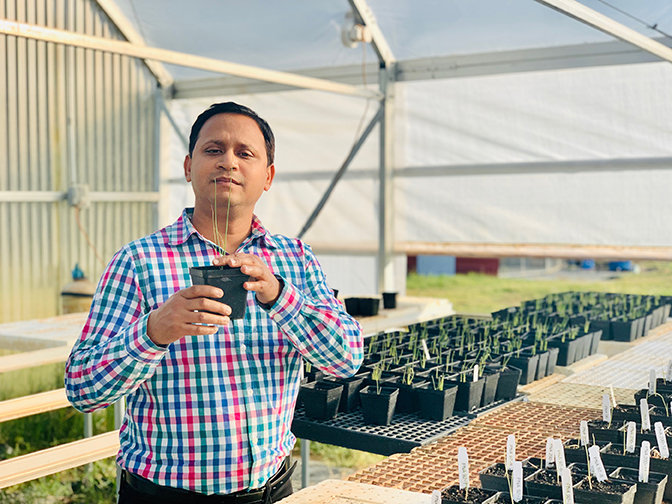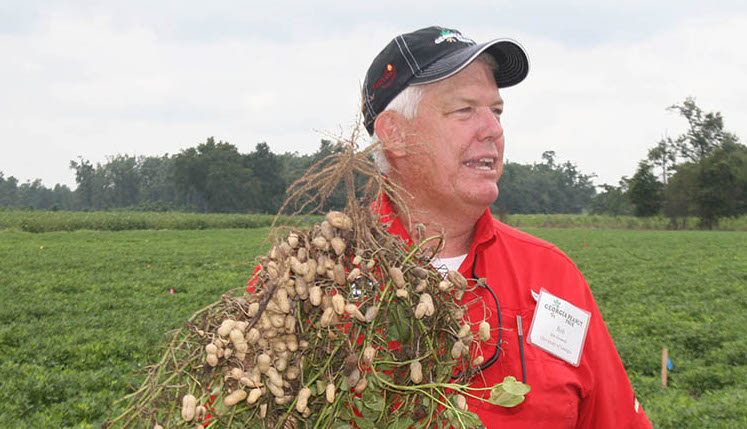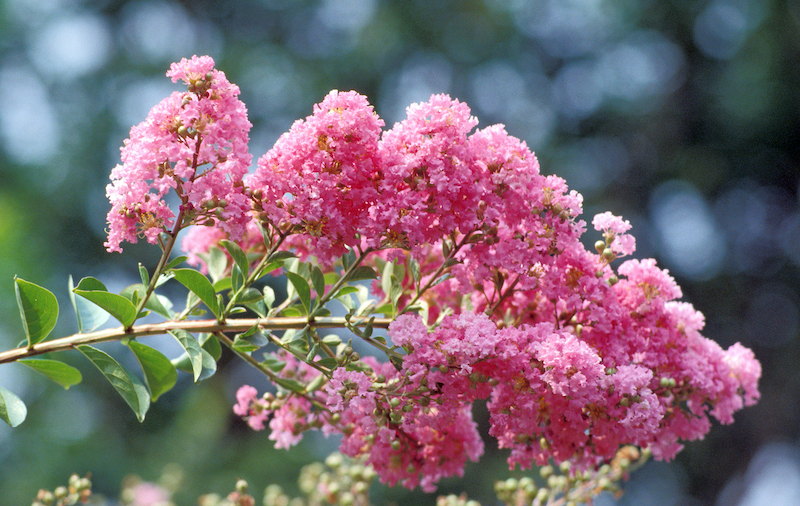.jpg) CAES News
CAES News
IPM Hall of Fame
The Southern Integrated Pest Management Center has inducted University of Georgia Cooperative Extension fruit pathologist Phil Brannen into the Integrated Pest Management Hall of Fame for his significant contributions to commercial fruit growers throughout the Southern U.S. over the past 30 years.

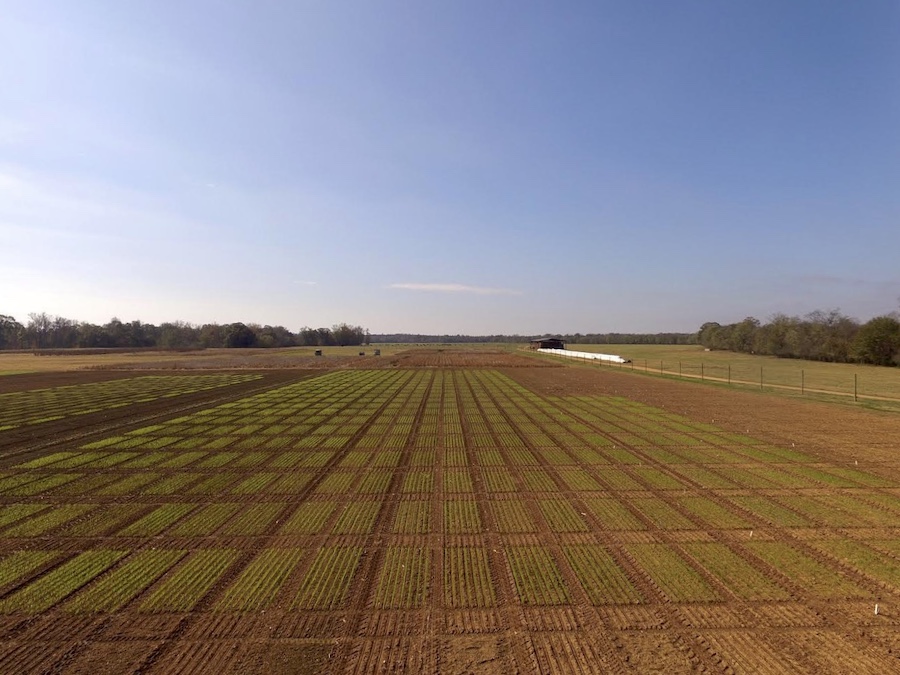
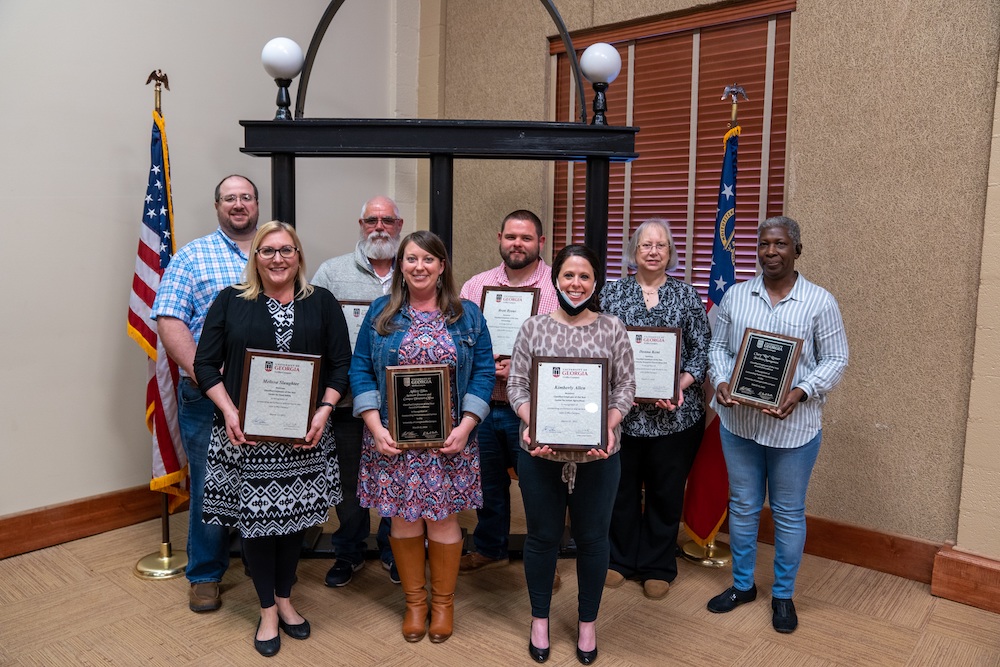
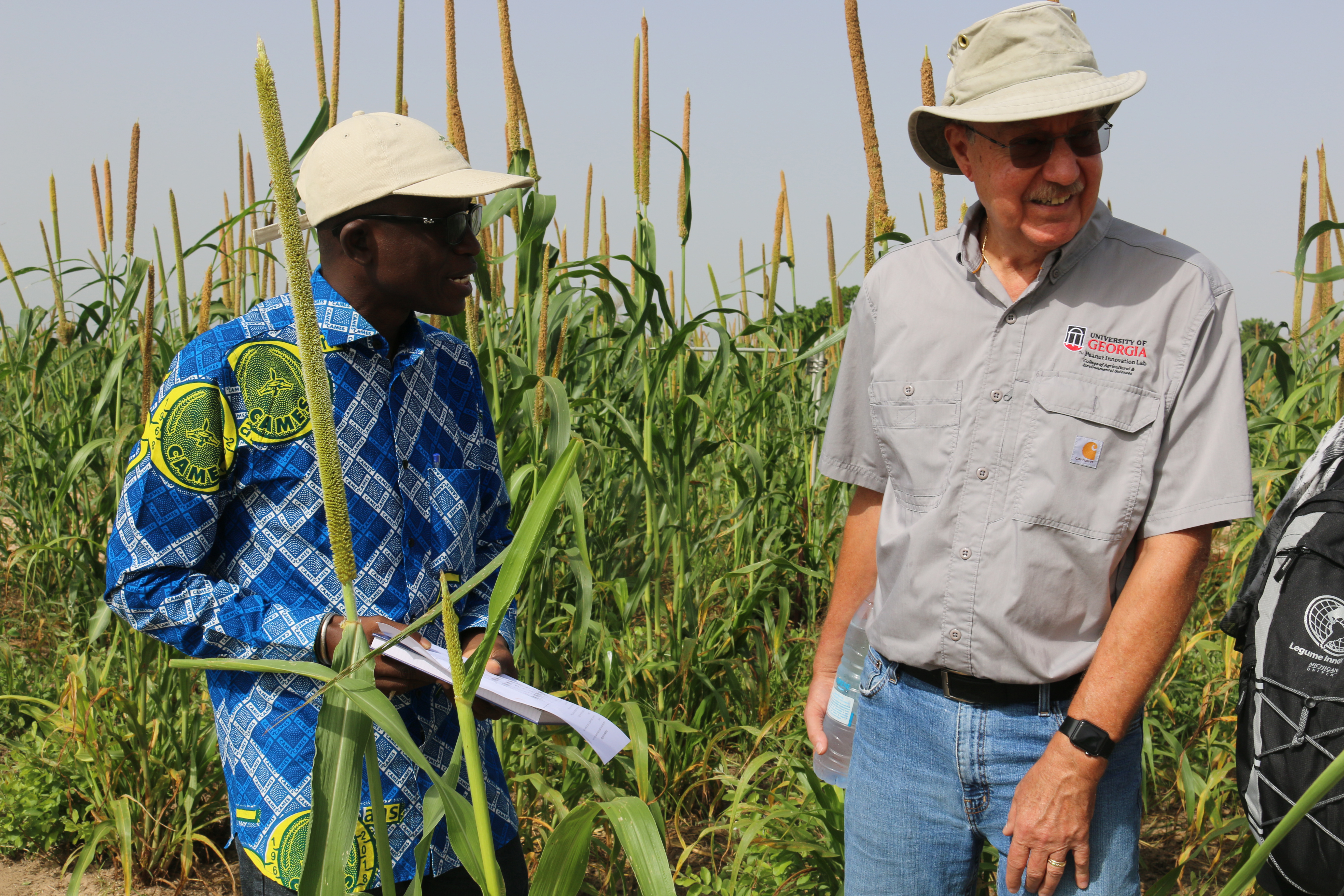
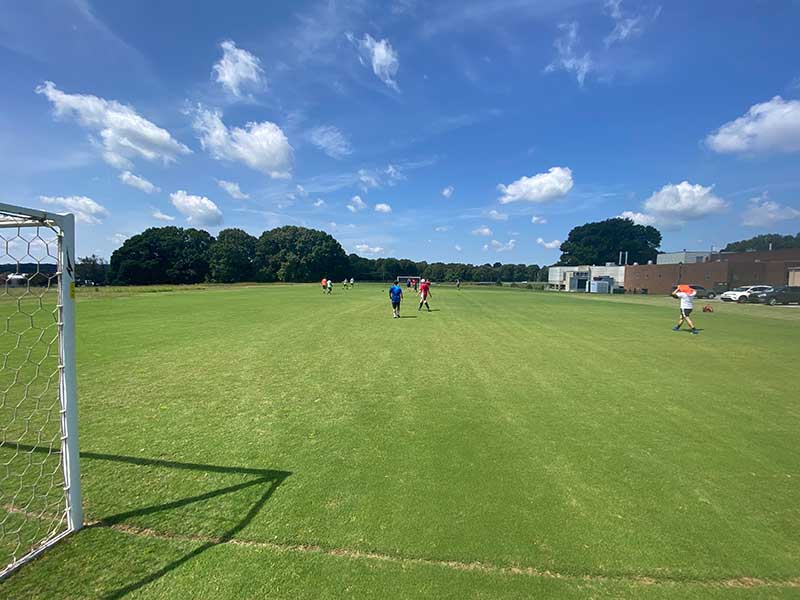
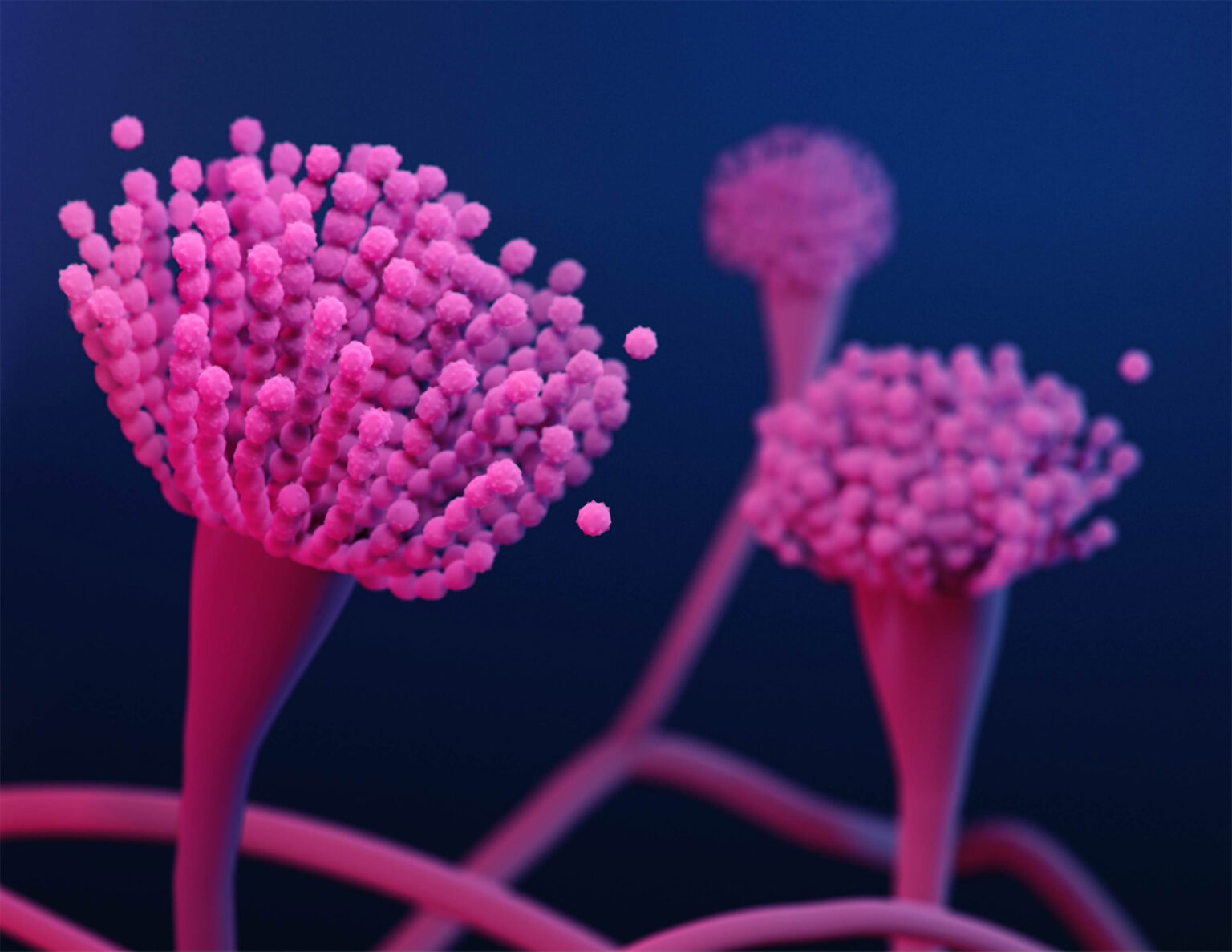
.jpeg)
